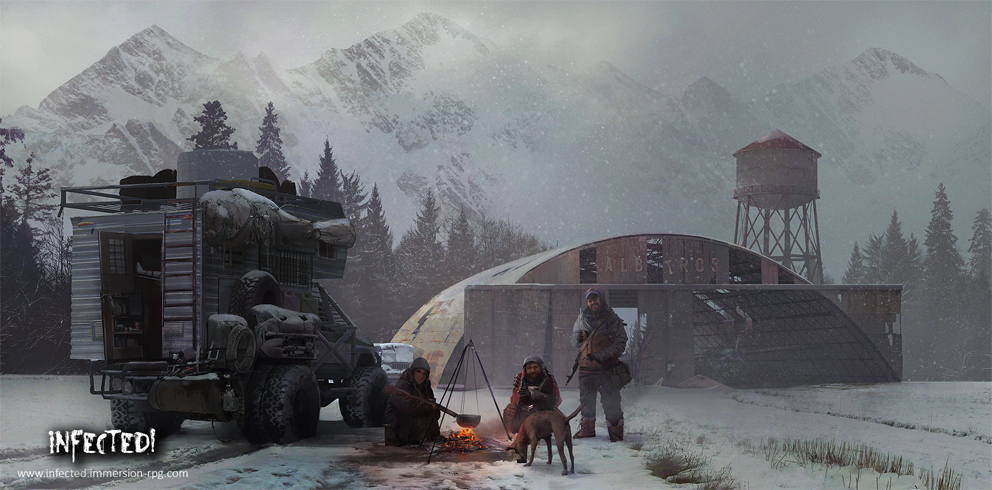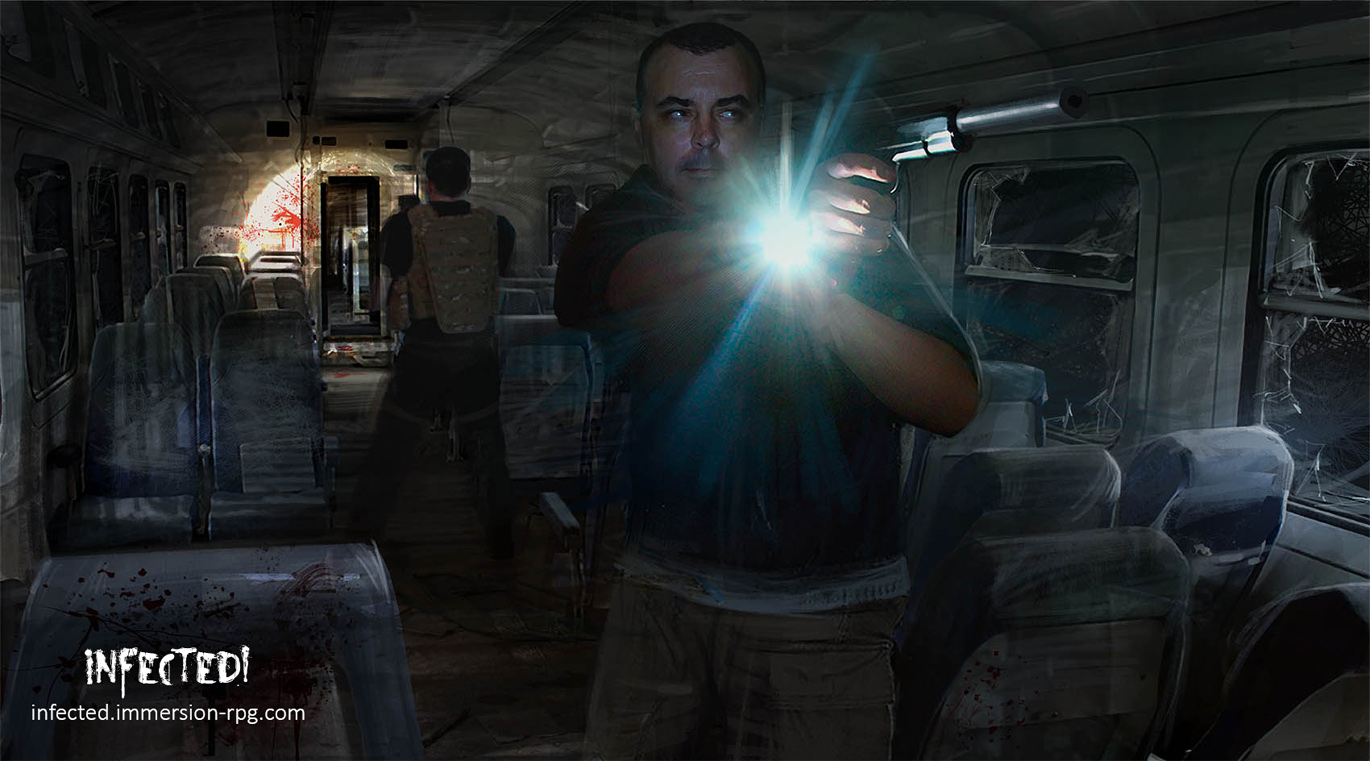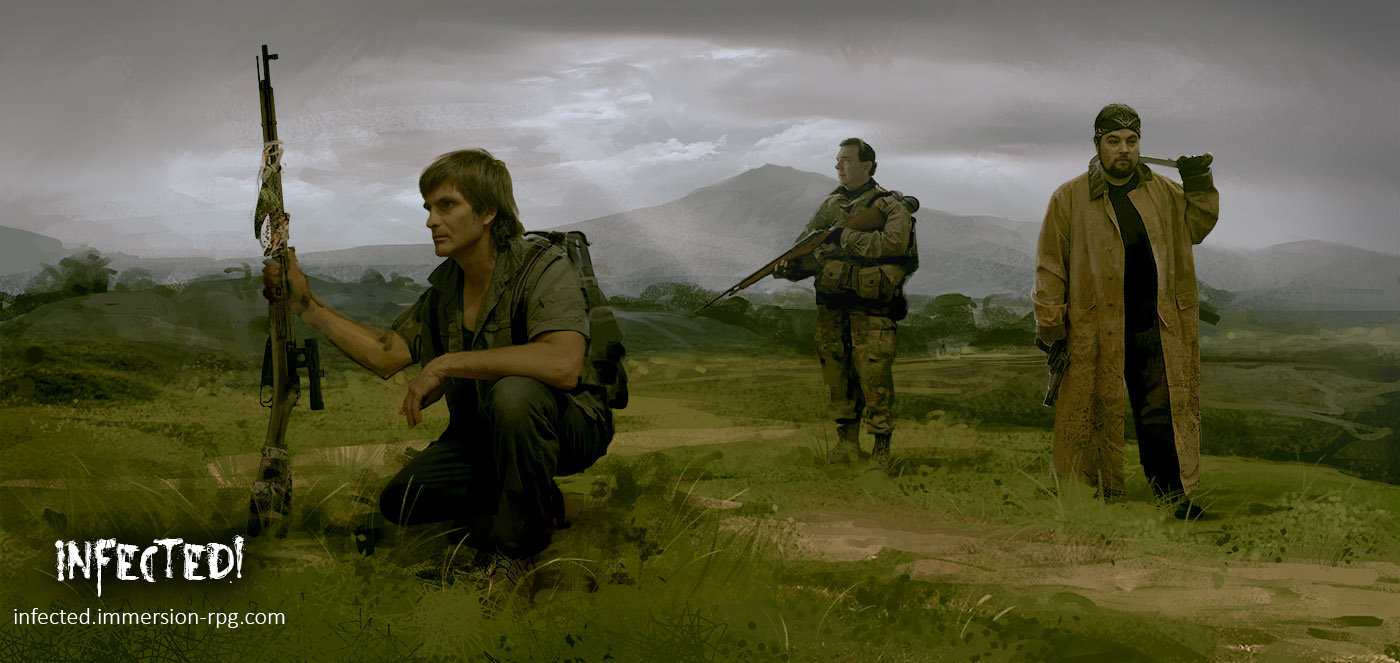
29 Feb Game Design Lesson #7: Art. What Is It Good For?
If you’re creating an RPG, you’re likely to fairly rapidly come up with a problem… you can write the game, but how can you illustrate it? We’ve all been there, poring over the beautiful hardcover RPG books created by the mainline producers like Wizards of the Coast, White Wolf and the like – so how can we get our own art like that, particularly when we’re a one-man-band or a small dedicated few, with not much money to spend?
How much art do you need?
How good does it need to be?
Does it need to be colour or black and white?
Do you need to finish the book before you purchase the art?
How much do you need to start a Kickstarter?
These are all excellent questions, and unfortunately most people just don’t know until they start their project. There are a few dilemmas involved, and a few fallacies as well. As someone who has spent tens of thousands of dollars on art, I have made enough mistakes to have learnt a thing or two.
1. Art is Expensive
Yep. Art is expensive. In case you hadn’t realised.
A ballpark estimate for Black and White imagery is around $50-200 USD for good art, per piece. For colour it can be anywhere from $300 to 600 for good art, but can easily go up to $1000 or $2000 for oil paintings and the like. Artists are very specialised technicians and they deserve to be paid well – unless you want to go to art school and do it all yourself (hey, some people do!).

Heck, when you’ve GOT the colour art, you might as well flaunt it! But seriously, any art you’ve got, use the heck out of it. Show it everywhere.
2. Colour or Black and White?
The age old question. Colour or Black and White?
For my first RPG book, Infected!, I went for full colour pieces throughout the whole book. My theory was that I would then be able to produce a premium product that would attract people like moths to a flame, because it looked so god-damned beautiful.
The reality was not what I expected though. I had already purchased a lot of colour art, but I was still finding my feet in terms of expressing the individuality of the world. It still looked pretty dang amazing, but the response from people was lukewarm at best. Most feedback I got was just, “Zombies suck… I hate zombie RPGs…it’s all been done before…” and so on. Not exactly a vote of confidence. I figured I had gone too far to back out, so I carried on (and successfully funded too… phew!). Even so, it didn’t fund enough to recoup the money I had already spent, so I realised that I had spent too much.
If I were to do it again, I would purchase a few beautiful colour pieces, and a few black and white pieces too. That would be enough to make a sampler of the book and promote it on Kickstarter. You probably need an absolute maximum of 6 pieces of colour art (more likely 3-4), and maybe the same of Black and White. Just enough to show people what it looks like. Get art that really communicates what your world is like. The unique traits of it – do not get art that looks like another RPG. Try to find the unique trait of your world and then illustrate that. Also, get a mix of characters and landscapes, focusing more on characters (that’s who people want to be inspired to play, after all!). The way the characters are illustrated will communicate what sort of characters they can play. People tend to immediately think that the characters in the illustrations are their own characters, or wonder if they would like to play that sort of person, so make them awesome and varied – don’t have them “all terrified” or “all running away” or anything like that.

Remember to use low-res images (shrink them, but make sure you always keep the original high res), and put on your logo and the web address of your website.
3. Stretch Goals
For me, the idea is that in future, most of the interior art I have in my books will be black and white, unless the Kickstarter reaches a higher goal that allows me to pay for full colour art throughout. I would advise you to do something similar, unless you’re really, really confident. But don’t splash out a lot until you’ve got your Kickstarter in the bag.
4. Remember Your Costs
The irony of running a Kickstarter campaign (or any crowdfunding) is that people are actually pre-ordering a product. So that product costs money to produce, there are fees, shipping and printing costs and so on. You’re not getting the funding goal you asked for. In fact, you’re only getting about 40-50% of the funding goal.
As an example, I wanted about $10k for the art to finalise my book. So I went conservative and listed the goal as $12k.
That was so wrong.
Let’s look at the figures:
I charged $65 AUD for each hardcover book, plus $15 postage worldwide, and $25 for PDFs.
Each book costs me about $15 to print, and about $20 to ship. That’s $40 straight up. Then there were Kickstarter fees which equated to about $2000 AUD off the total I made (so about $7 per book), and also there were about $2000 worth of pledges that never arrived. In total my basic costs were about $42. That’s about 50%.
Lucky thing I raised $26k on Kickstarter! Even so, I added further complexity by putting together add-ons at last-minute notice, which will cost more, as well as Stretch Goals. Fortunately, I was conservative with the Stretch Goals, and made them things that I had either already wanted to do, or that it was fairly cost-effective for me to produce. Still, you can see that out of $26k raised, I only received $22k of that, and out of that I actually had roughly $11k to spend on art. WOW.
So, first rule – work out your basic costs, and understand that when Kickstarter says you’ve raised $10k, you’ve actually got $4k to $5k to spend.
Stuff that up and you’ll probably wind up paying others for the privilege of writing a book for them.
5. Above All – Write Books!
Don’t let a lack of art be a hindrance for you writing books. Get whatever you can, or just have some cool designs. The most important thing is that you actually write the books. Too many people allow these barriers to stop them from producing, or they have a big financial setback and they stop writing altogether. Can the obstacles and full steam ahead. Get your works out there as much as possible and as wide as possible. Can’t afford a print run? Failed on your Kickstarter? Make it a PDF and put on Drive Thru RPG. Then write another one and another. Soon enough, you’ll at least be getting somewhere, and you can say that you did it, you produced your books.
~Oliver R. Shead
—–
Like the article? Interested in what I do? Check out the sampler for my RPG book Infected! on Drive Thru RPG (it’s free, so you can try before you buy).
Really like what you see? You can get the book as a pre-order on Backerkit. Heck you can even pick up some of those add-ons I was muttering about in the article. They’re only available this one time… then they’re gone! Poof! Like smoke in the wind…or something equally evocative.


Peter Petrusha
Posted at 16:31h, 13 MarchVery honest, thanks for sharing your experience with art and kickstarter!
Oliver
Posted at 00:55h, 22 MarchNo worries man, hope it helps! 🙂